An ancient grain gets a boost from archaeology
Updated: 2016-10-12 06:55
By Xinhua in Hohhot(China Daily/Xinhua)
|
||||||||
Cultivation of millet in the Inner Mongolia autonomous region has been on the rise ever since archaeologists presented evidence that the grain originated there.
In Aohan Banner, Chifeng city, 60,000 hectares of millet are under cultivation, about 4 percent of the national crop, said Qiu Wenbo, head of the banner.
Carbonized grains of millet were found in Aohan in the early 2000s, a discovery suggesting that millet had become a staple food of people there about 8,000 years ago, said Zhao Zhijun of the Chinese Academy of Social Sciences' Institute of Archaeology.
According to Liu Guoxiang, a CASS archaeologist and head of the Aohan research base, millet first spread across northern China, and then moved westward as far as Europe.
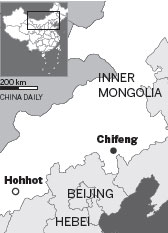
In 2012, the Aohan dryland farming system was listed among Globally Important Agricultural Heritage Systems by the Food and Agriculture Organization of the United Nations.
Two years later, Aohan was recognized as China's "hometown of millet" by the Chinese Food Industry Association.
The archaeological insights drew attention to farming in the banner, where one-fifth of the farmland was devoted to the crop.
The highest price of a kilogram of millet from Aohan now is 96 yuan ($14.3). "It was planted in the traditional way, with no chemical fertilizers or pesticides," Qiu said.
On Taobao, one of China's biggest online marketplaces, the brand "Eight Thousand Millet" sells for between 15 and 30 yuan per kilogram, compared with six or seven yuan for nonorganic millet.
Almost 70,000 hectares of millet will be under cultivation in Aohan by 2020, with output exceeding 225,000 tons, Qiu said.
"It is our hope that our millet, like silk, ceramics and tea, will become a symbol of Eastern culture for people across the world," he said.

 Take a glimpse into soccer-related gifts of Xi
Take a glimpse into soccer-related gifts of Xi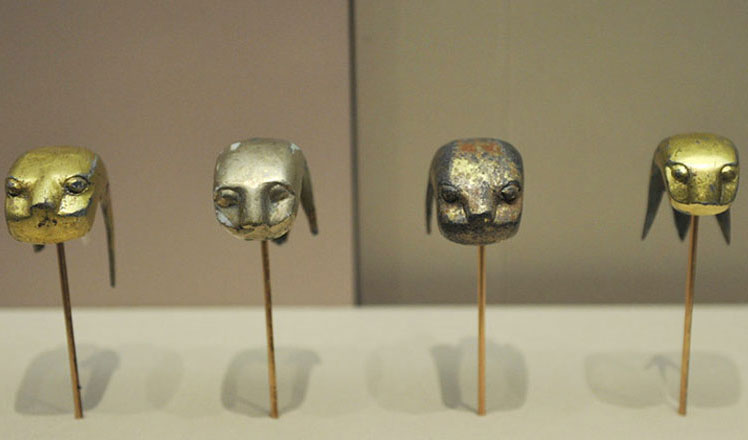
 Precious relics of debauched king on display in Jiangxi
Precious relics of debauched king on display in Jiangxi
 In pics: Britain's Kate visits the Netherlands
In pics: Britain's Kate visits the Netherlands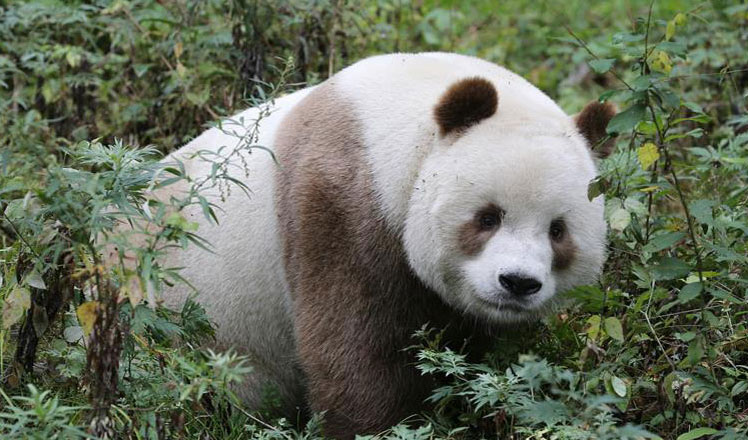
 Qizai, rare brown giant panda in China
Qizai, rare brown giant panda in China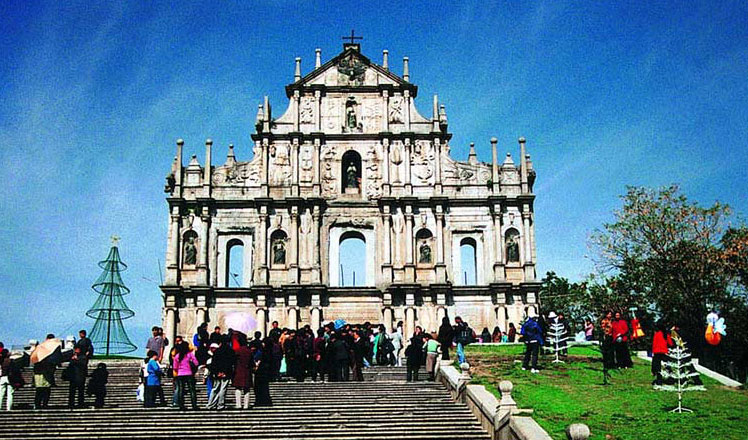
 Everything you always want to know about Macao
Everything you always want to know about Macao
 World's top 10 most valuable unicorn companies
World's top 10 most valuable unicorn companies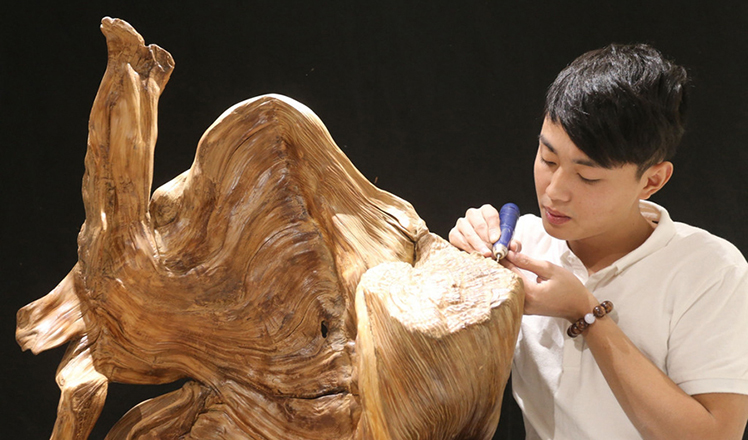
 Carver finds fame, money in wood sculptures
Carver finds fame, money in wood sculptures
 Missile destroyer to become local military-themed park
Missile destroyer to become local military-themed park
Most Viewed
Editor's Picks

|

|

|

|

|

|
Today's Top News
Trump outlines anti-terror plan, proposing extreme vetting for immigrants
Phelps puts spotlight on cupping
US launches airstrikes against IS targets in Libya's Sirte
Ministry slams US-Korean THAAD deployment
Two police officers shot at protest in Dallas
Abe's blame game reveals his policies failing to get results
Ending wildlife trafficking must be policy priority in Asia
Effects of supply-side reform take time to be seen
US Weekly

|

|







